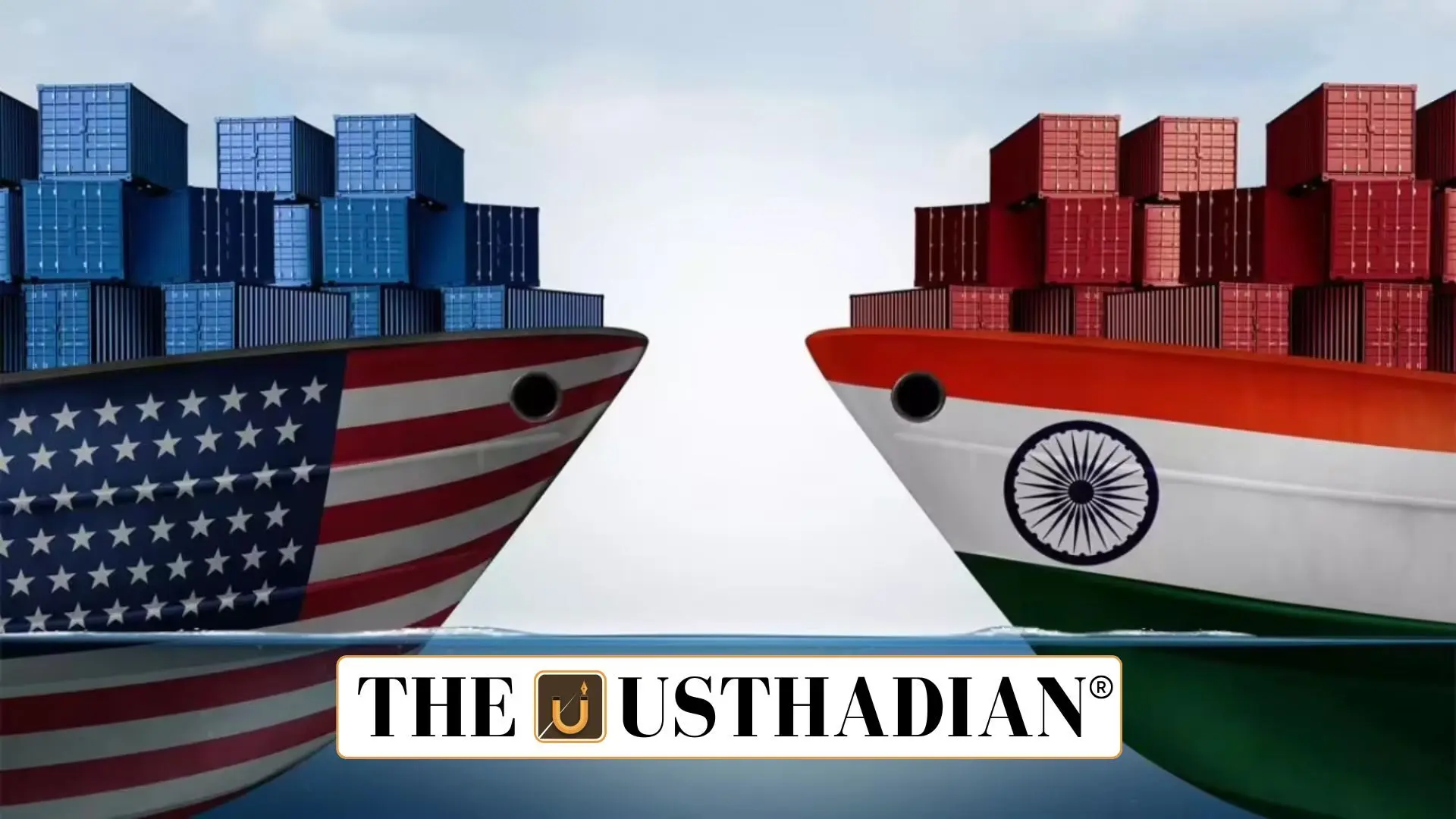Understanding the Trade War and Its Trigger
US Tariff Spree and the Emerging Global Trade War: Implications for India: The United States has reignited a global trade debate by imposing steep tariffs on its top trading partners. Former President Donald Trump announced a 25% tariff on imports from Canada and Mexico and a 10% tariff on goods from China. This move is seen as a strategy to reduce the country’s $1 trillion trade deficit. However, such protectionist policies may result in higher consumer prices for Americans, especially on essential items like avocados, shoes, and cars.
What Is a Trade War and Why It Matters
A trade war is an economic conflict where countries retaliate by increasing tariffs on each other’s goods. Though intended to protect local industries, it can cause price hikes and disrupt global supply chains. In this case, the US also cited concerns like illegal immigration and drug trafficking as motives behind the tariff move. The larger impact could be rising inflation and strained bilateral trade relations between key economies.
Retaliatory Actions by Affected Nations
Following the US announcement, countries like Canada and Mexico have started to retaliate. Canada responded by placing 25% tariffs on American products, and Mexico is preparing similar countermeasures. China is also expected to respond soon, potentially escalating tensions. Such reactions could cause global trade instability and affect economies deeply dependent on exports and imports.
India’s Trade Balancing Act
Although not directly hit, India is maneuvering cautiously to stay unaffected. With a 3.2% share in the US trade deficit, India holds a relatively smaller position. Still, to avoid any trade backlash, India reduced tariffs on American goods such as motorcycles and satellite parts in the Union Budget 2025–26. These policy tweaks reflect India’s diplomatic strategy to maintain strong ties with the US while protecting its own interests.
Key Indian Exports at Risk
India enjoys a trade surplus with the US, particularly in pharmaceuticals, gems and jewellery, and seafood. However, if the US expands its tariff list to include Indian goods, these sectors may suffer. Exporters might face reduced competitiveness, potentially hurting earnings and employment in these labor-intensive industries. The long-term effect would be significant, especially in MSME-dependent exports.
Static GK Snapshot
| Topic | Details |
| US Trade Deficit (2025) | Over $1 trillion |
| Highest Contributor to US Trade Gap | China – contributes 30% |
| India’s Rank in US Trade Deficit | 9th, contributing 3.2% |
| First Union Budget of India | Presented by R. K. Shanmukham Chetty on November 26, 1947 |
| Protectionist Trade Policy | Imposing tariffs to promote domestic industries |
| Union Budget 2025-26 | India reduced tariffs on select US-exported items |
| Key Indian Exports to US | Pharmaceuticals, Seafood, Gems and Jewellery |








